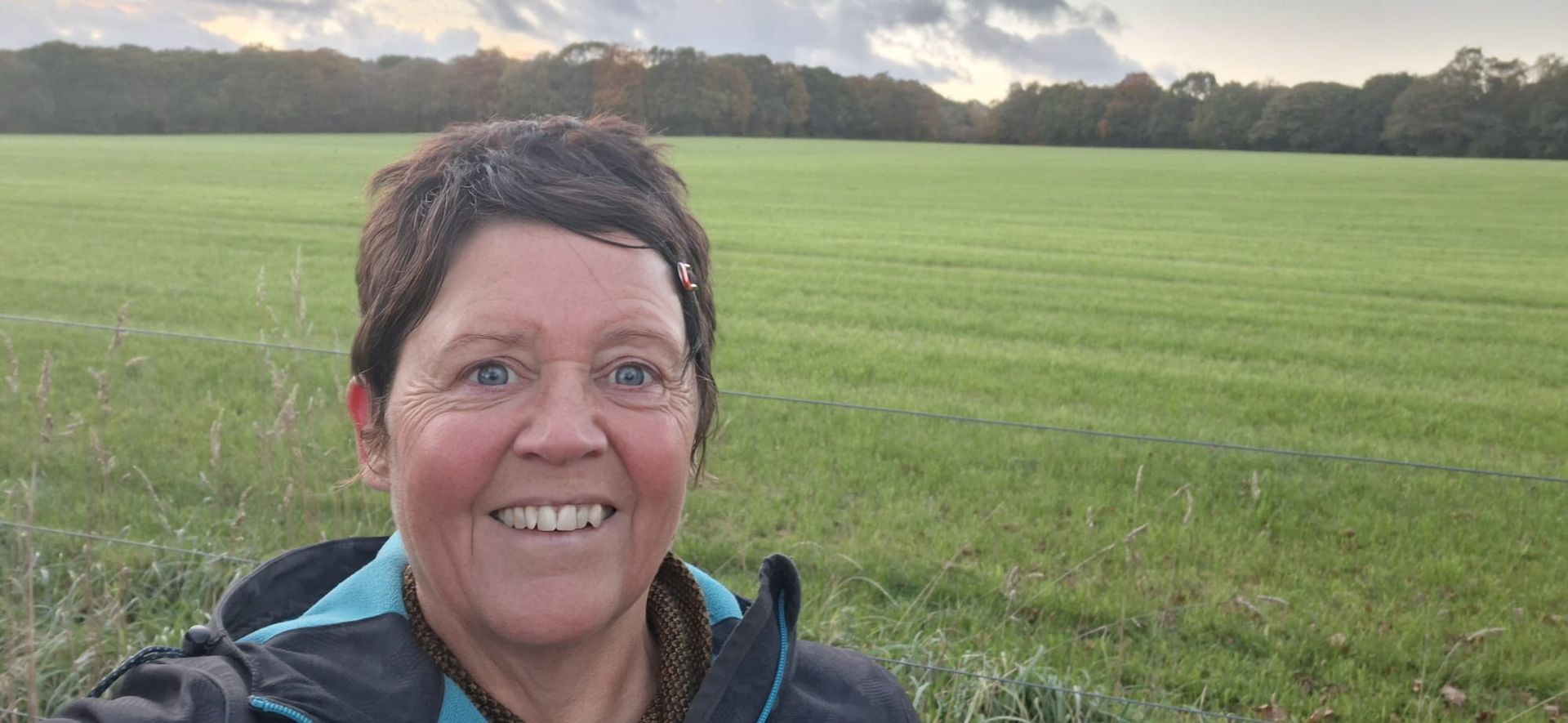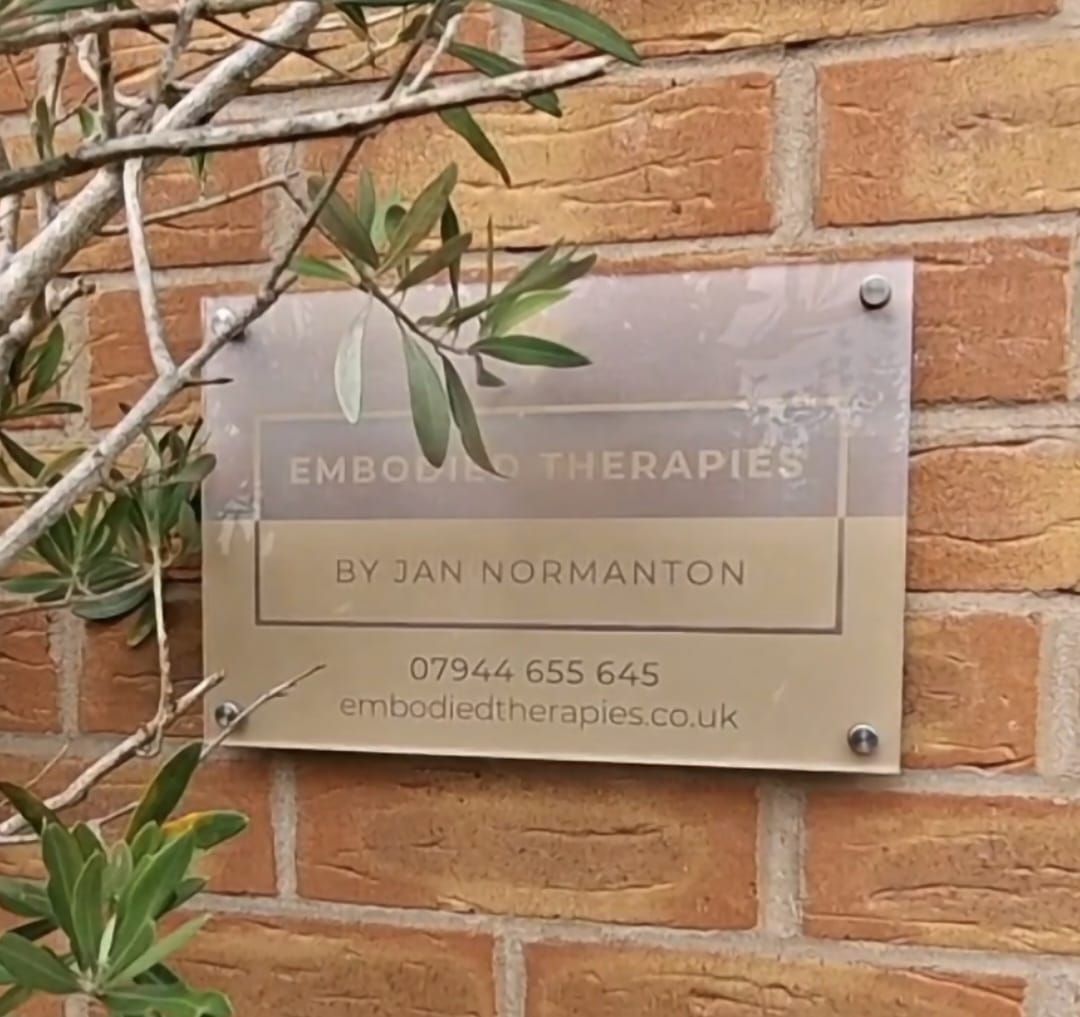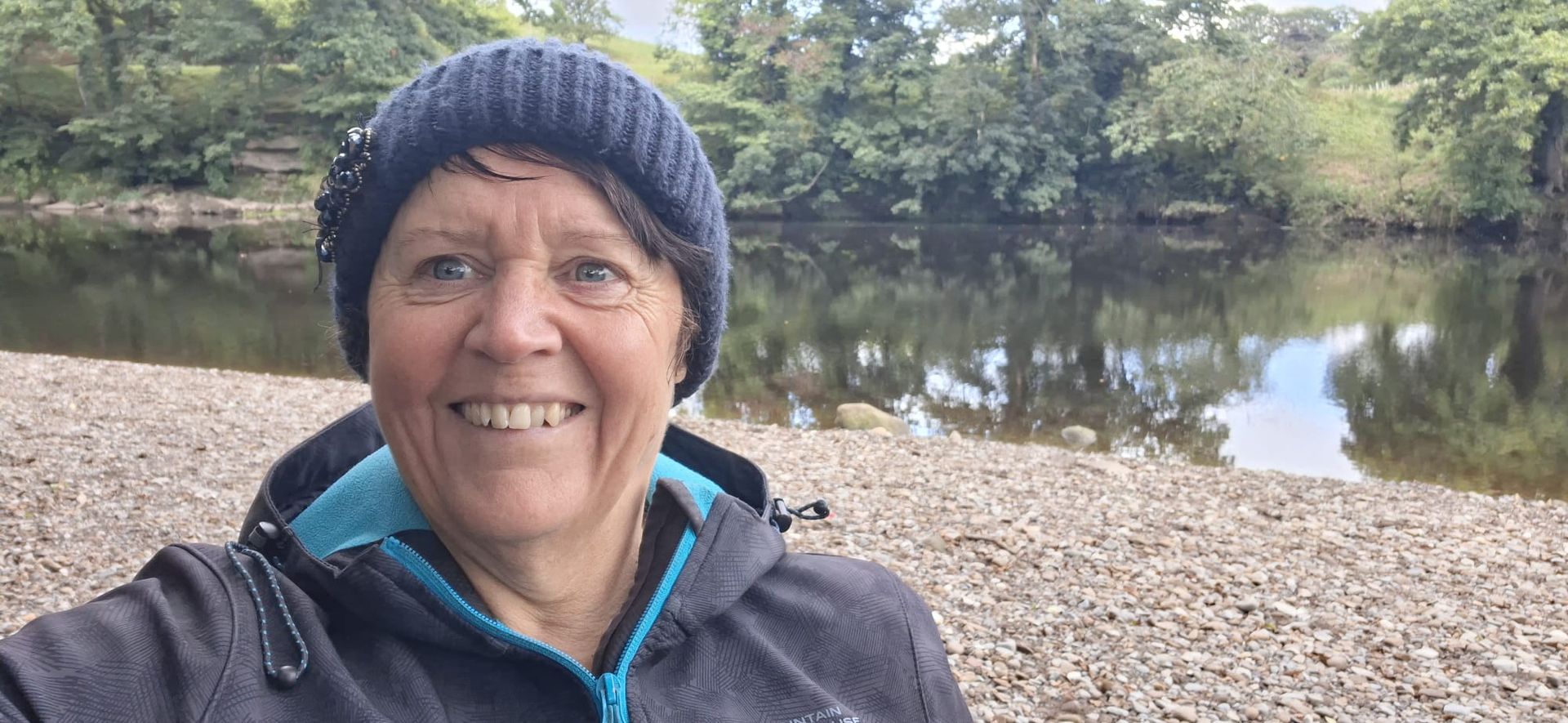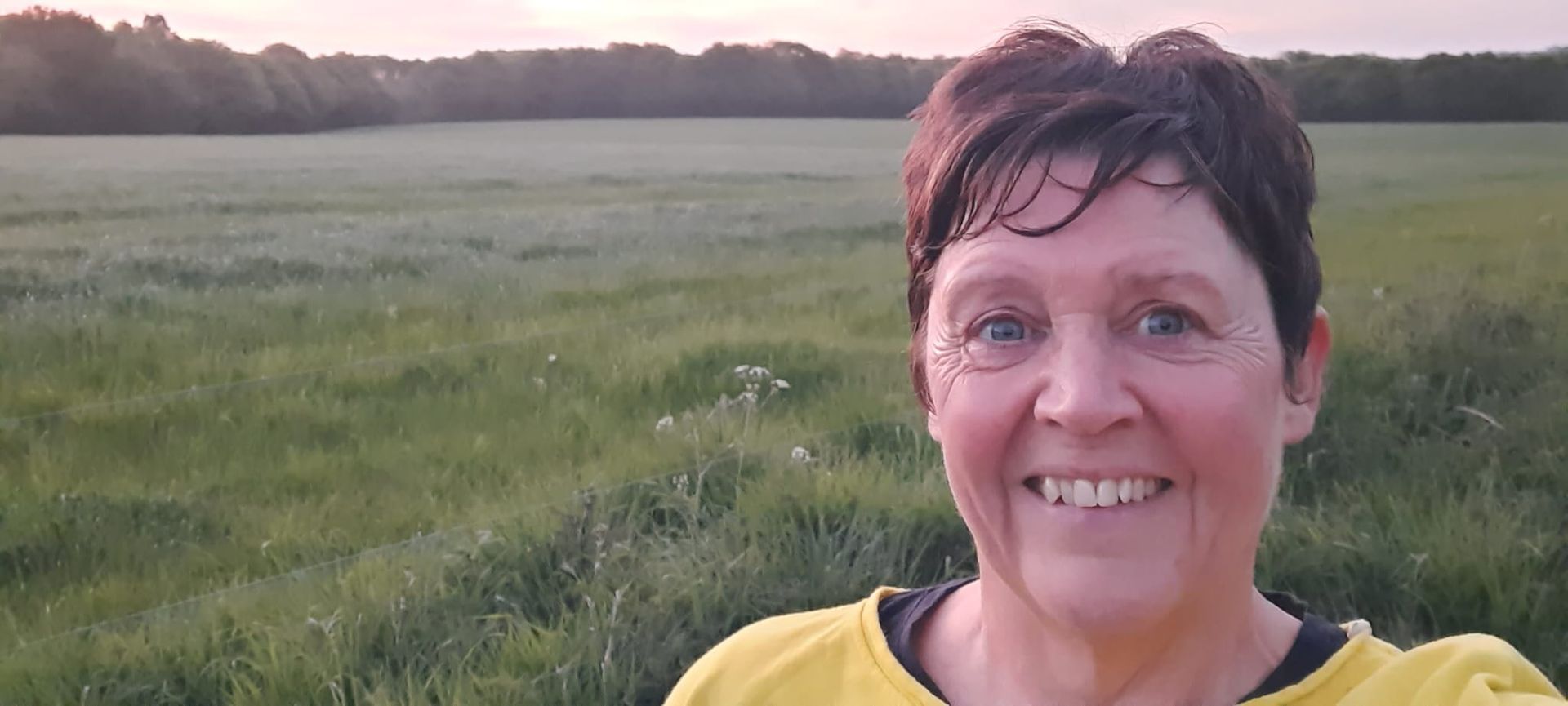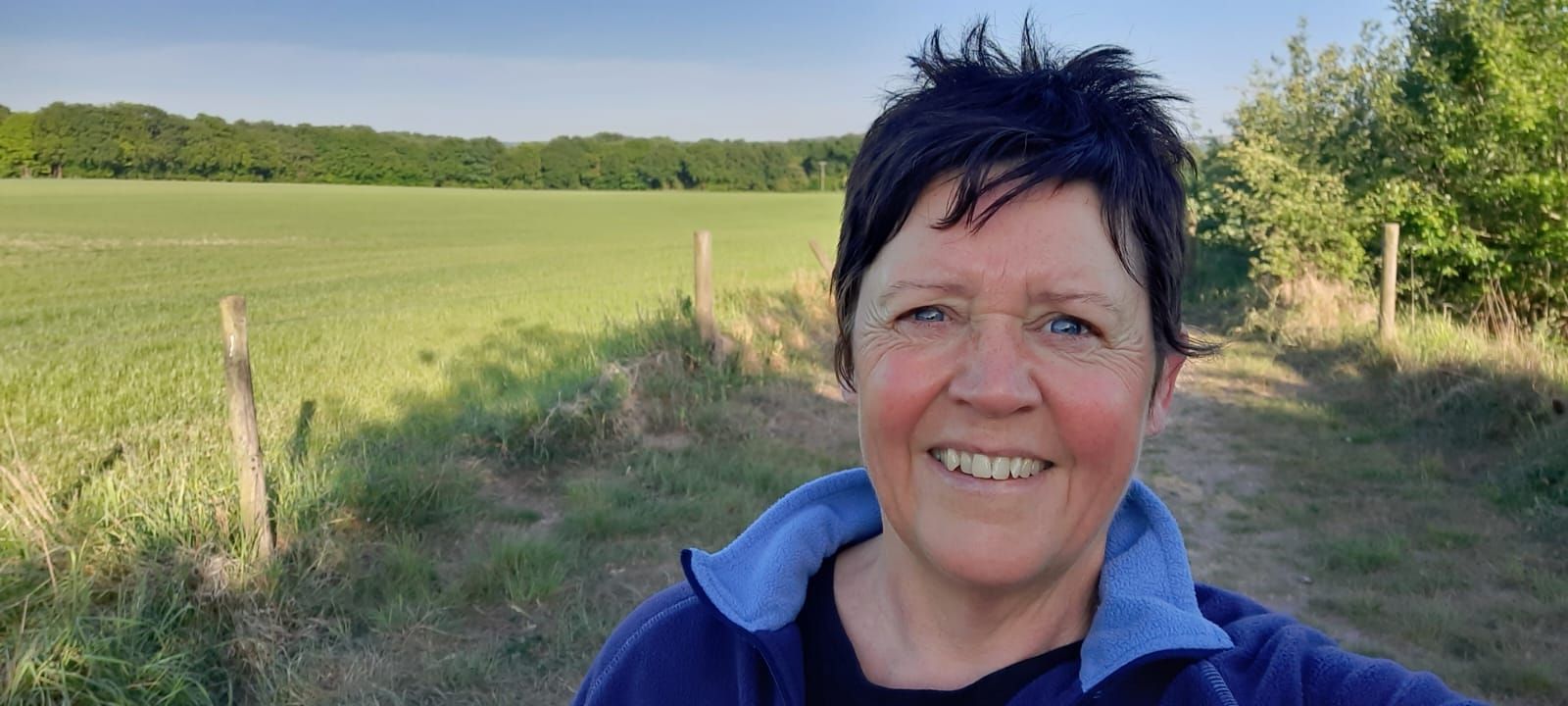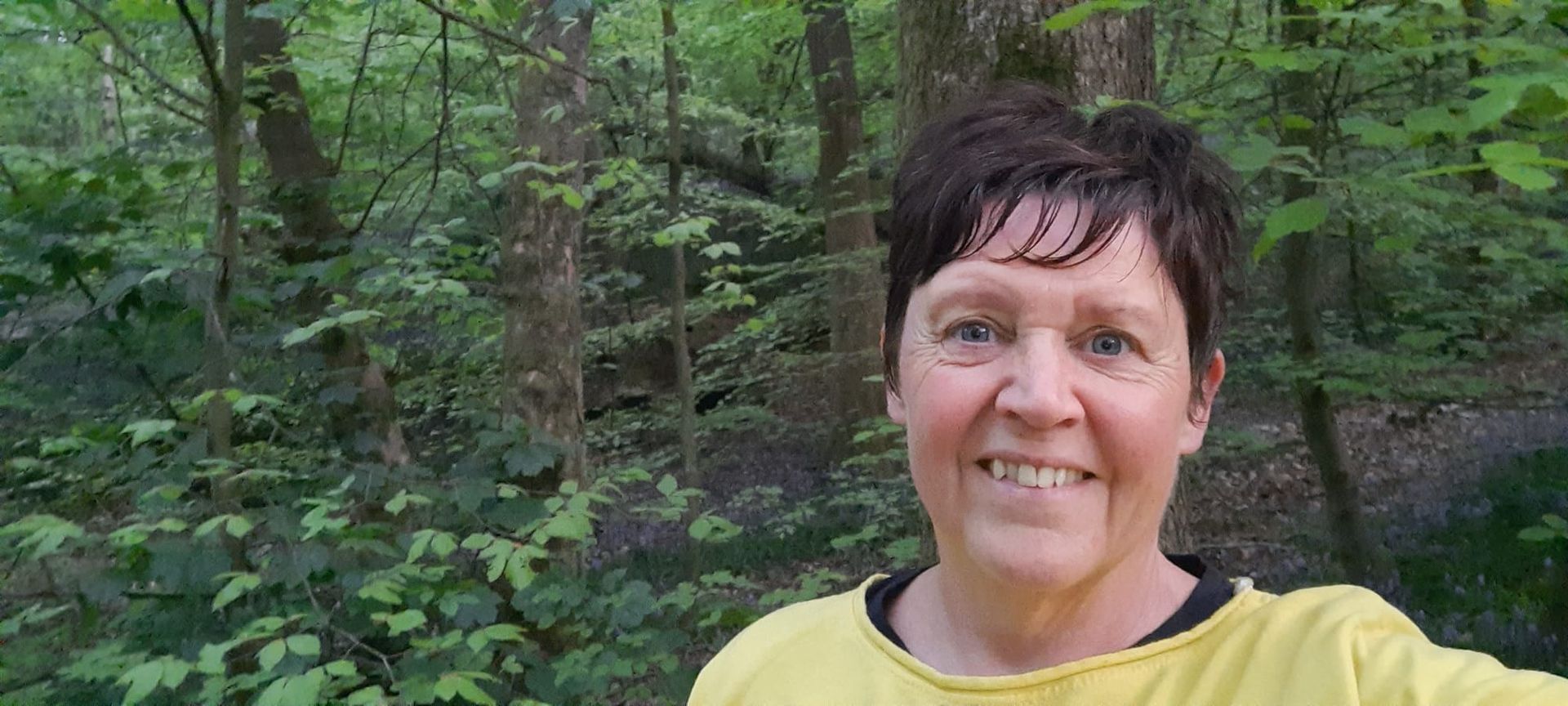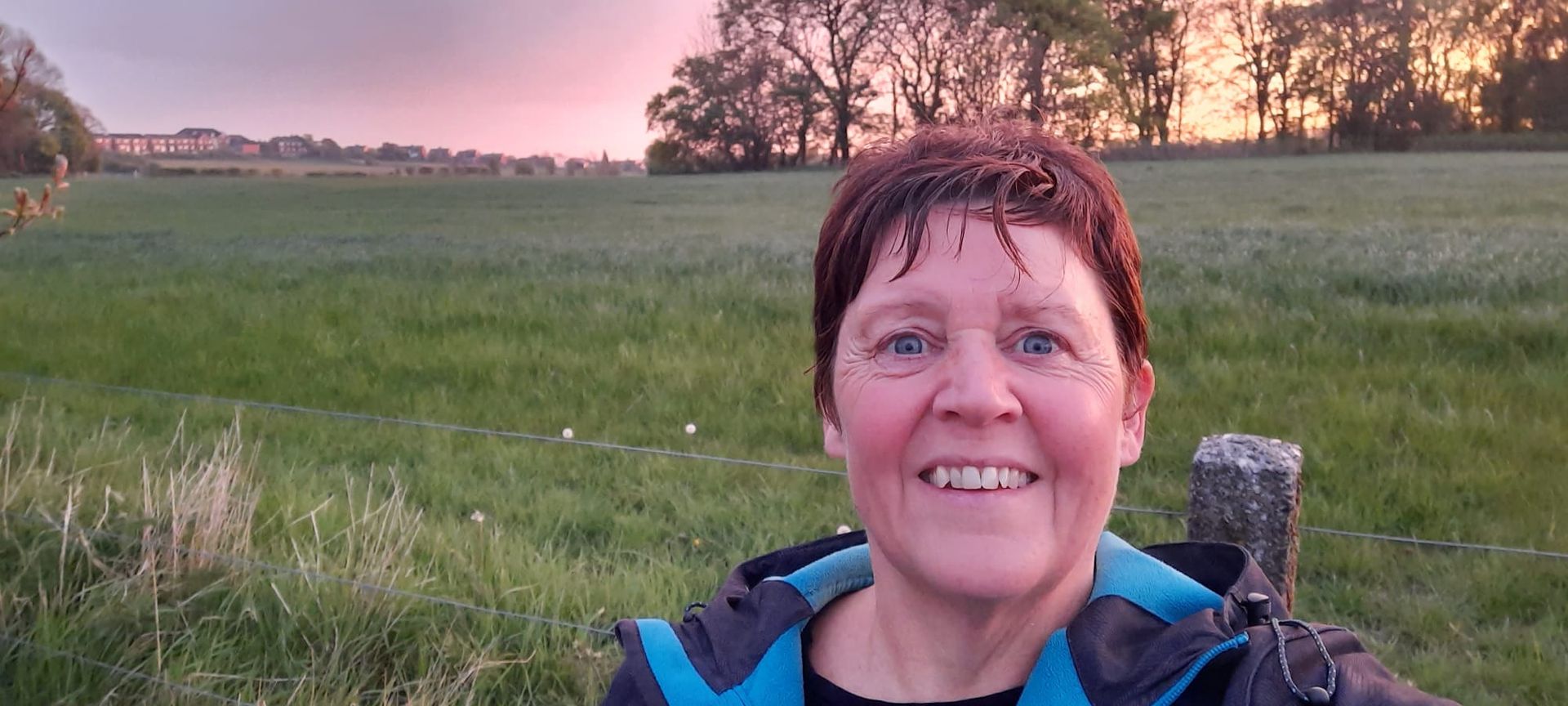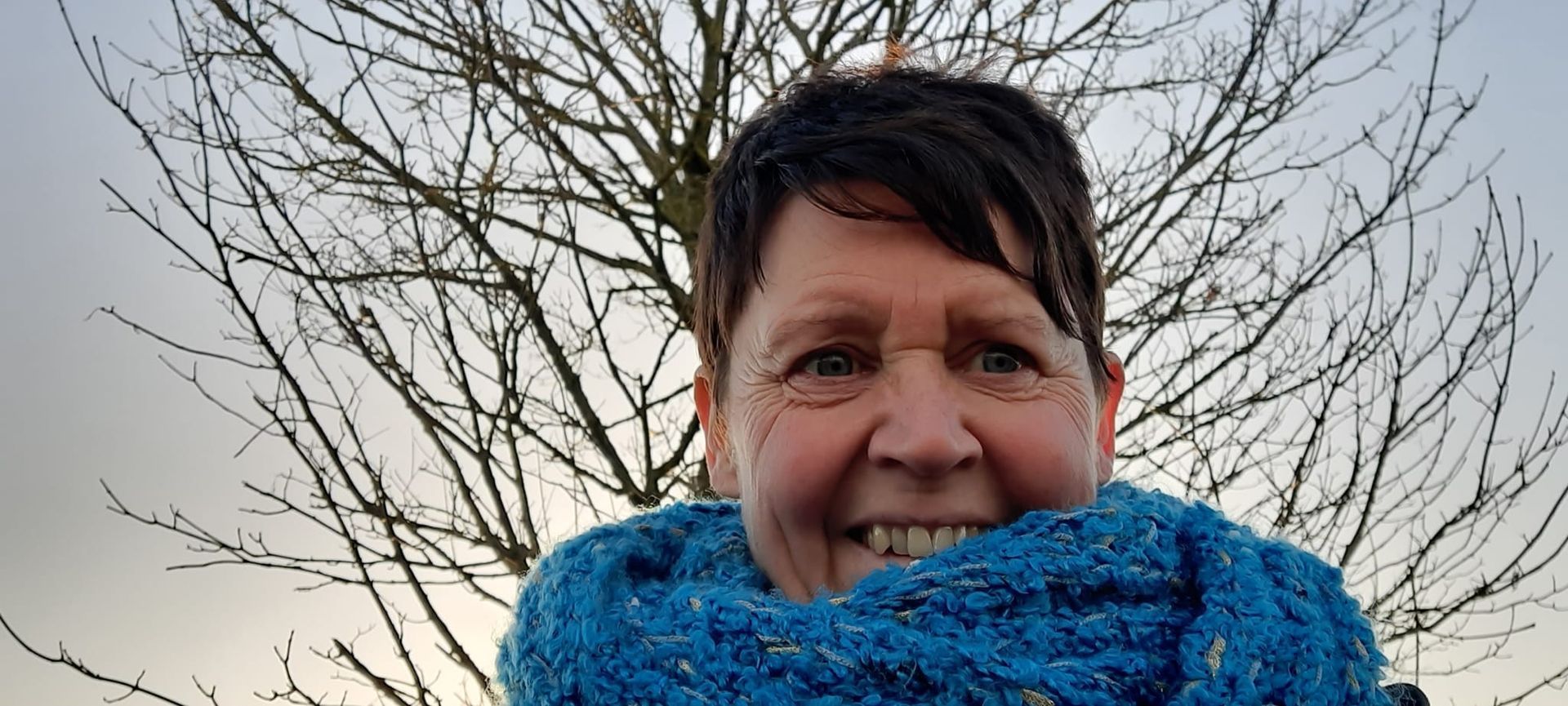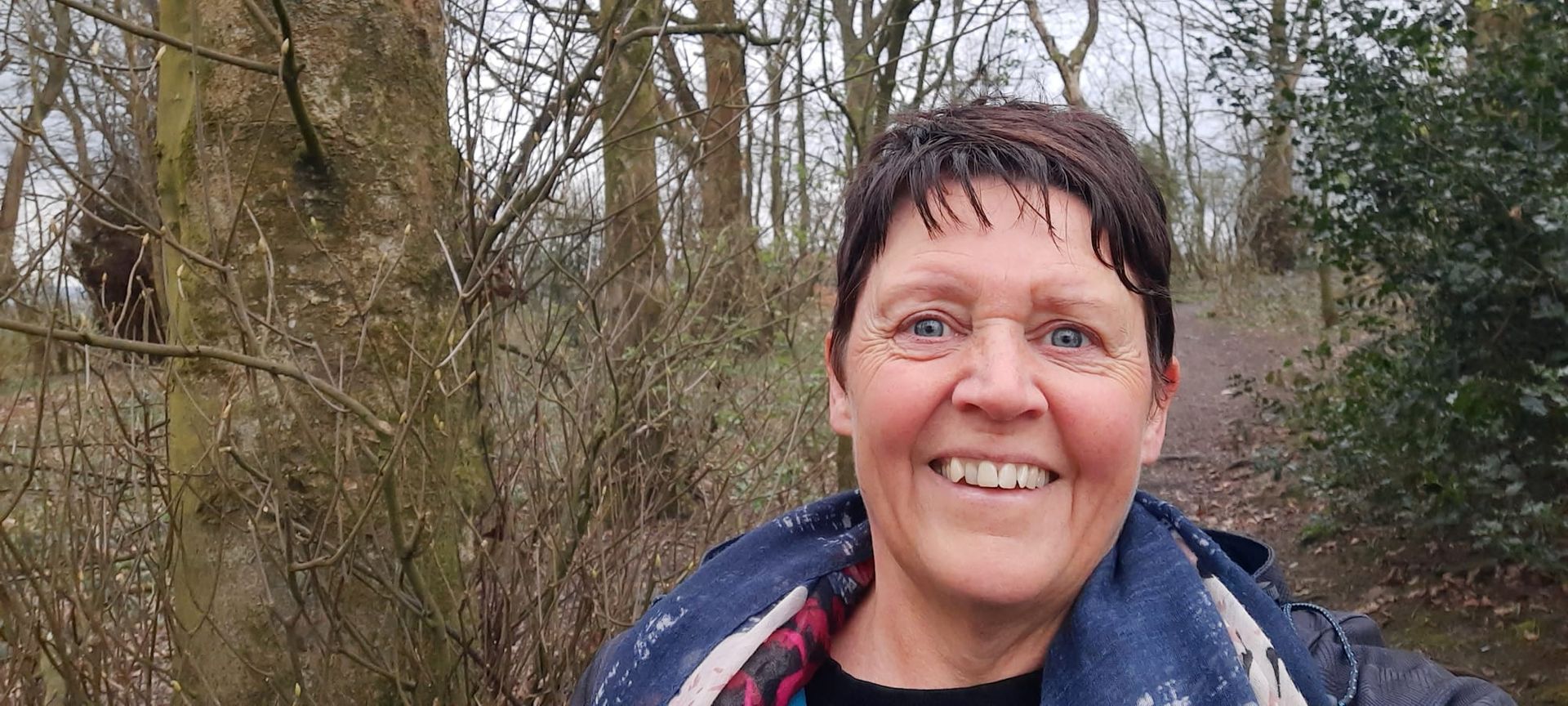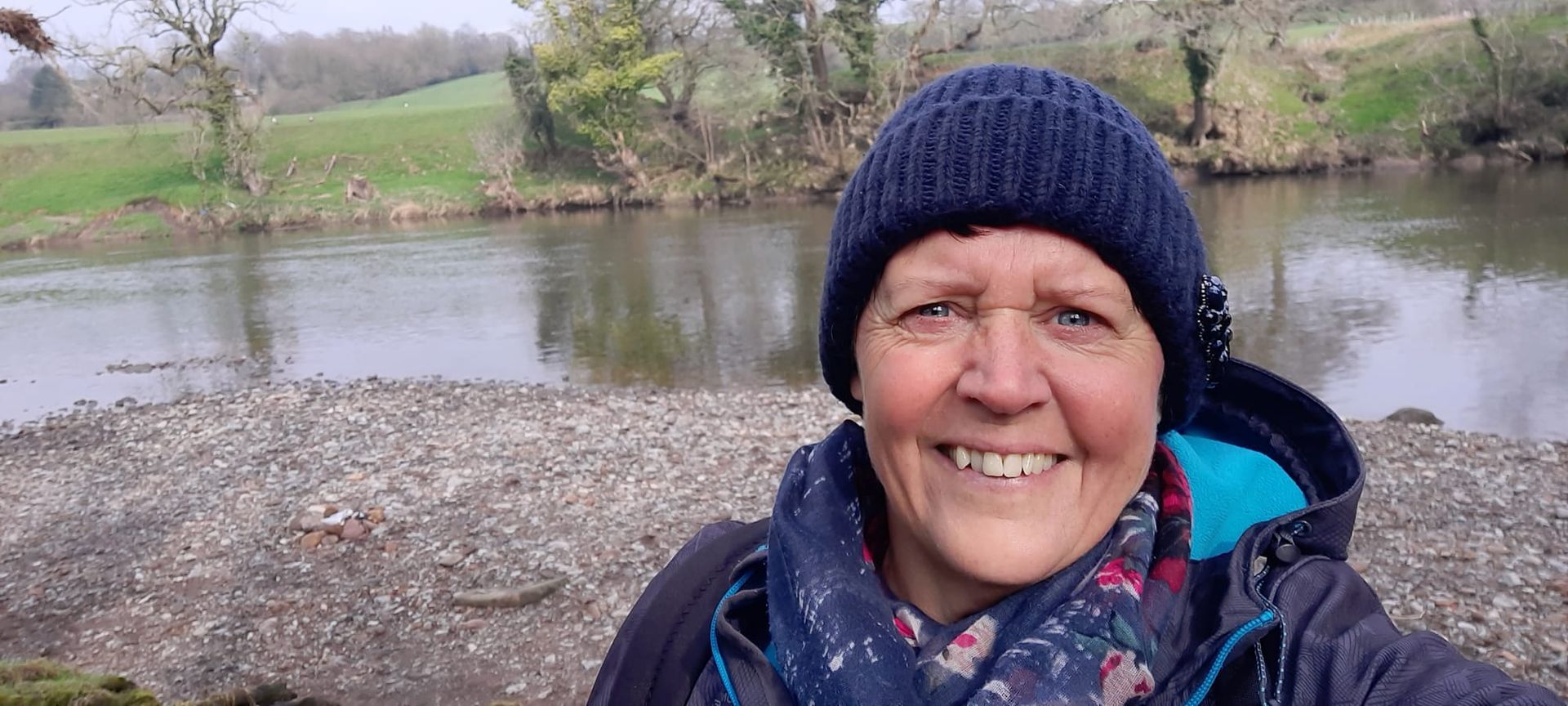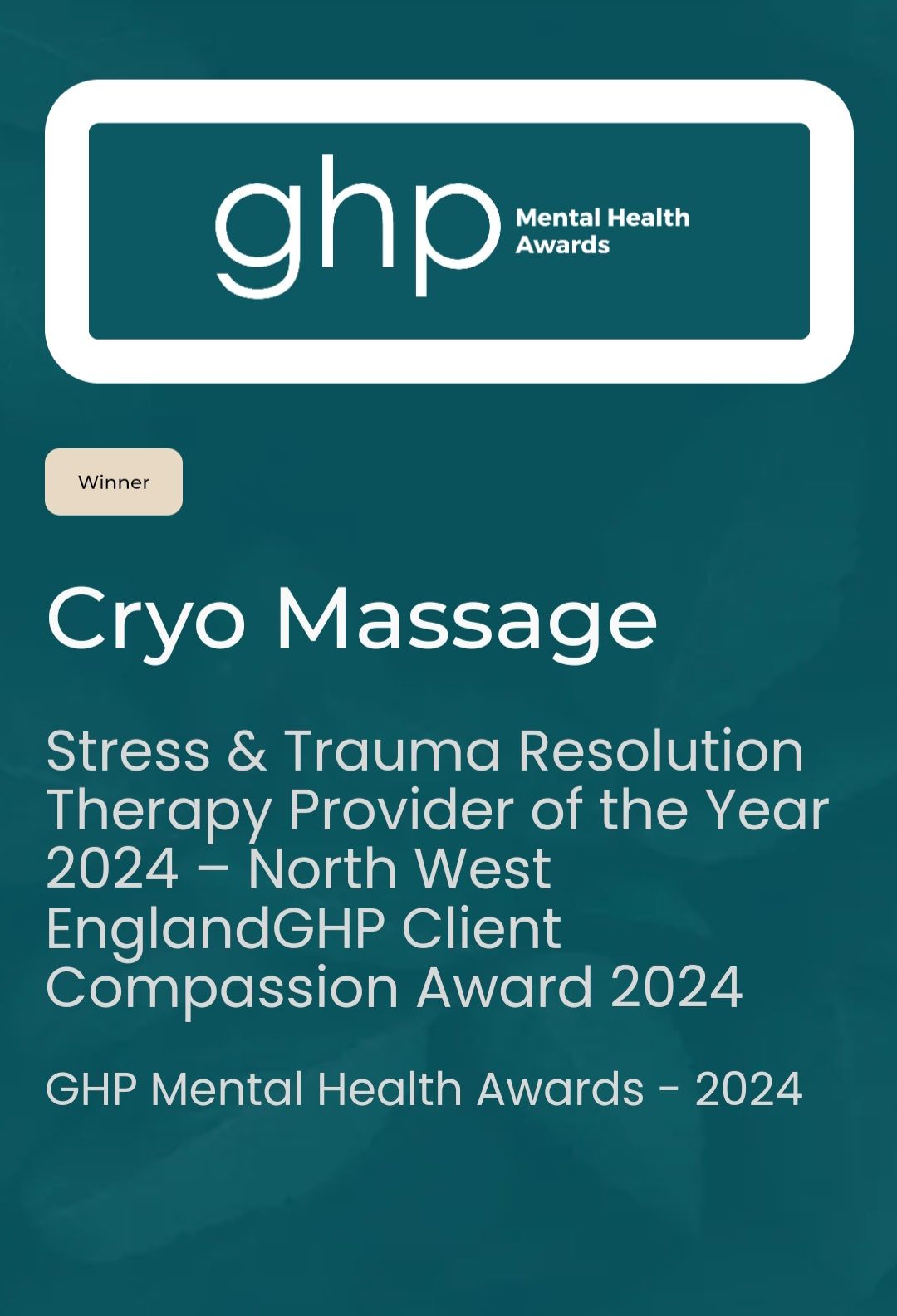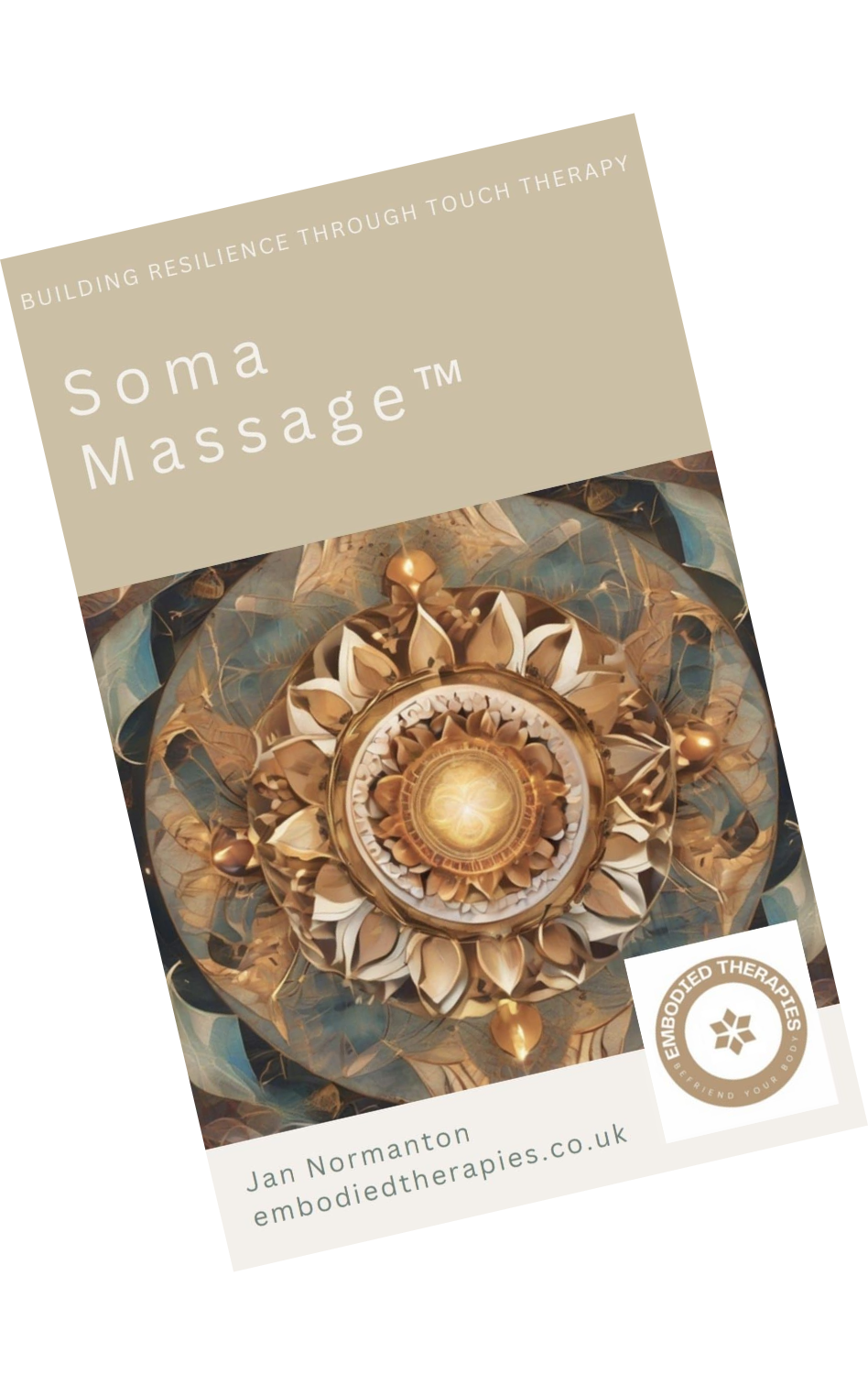Why consider a bottom up approach to healing rather than a top down approach
Whilst talking therapies have a significant role in healing in their own right, we can end up inadvertently holding up our healing process by getting invested in talking ABOUT our issues rather than dealing directly WITH our issues via the body – the place of trauma
Listen to this article
So why is an embodied approach to healing trauma appropriate rather than talking therapies for instance?
Why a bottom up approach to healing rather than a top down approach?
It’s because trauma occurs within the body. Or rather, the trauma we experience after traumatic events is a physiological reaction to those events, that occurs over and over again.
And, the question is whether we respond in the present to situations which remind us of old traumas, or whether we react to those trauma triggers and our body reacts in exactly the same way as it did when we were originally traumatised.
So for instance, if we had a car accident and we went into contraction. Our body braced itself to manage the impact and all sorts of terrible things may have happened.
And now, many years later, decades even, when we get into a car as a passenger, say we were a passenger then, we brace ourselves; postures assume that are reminiscent of the original postures that we took on when we had the original trauma. Even below cognition, our body is reacting to getting into the car and being a passenger now, to brace itself for a repetition of the original trauma.
And talking about this in talking therapies, counselling or psychotherapy for instance may of course be helpful if we can retell our story and can make sense of it to a point.
However we can end up retraumatising ourselves in talking therapy. We can talk about the event over and over again and in a way we strengthen the relating to that original trauma. We strengthen the neural pathways to the memory of the trauma.
We can also bypass healing our traumas through talking therapies in talking over and over again about the event and not actually dealing with the physiological process that’s occurring within us and therefore, we can end up inadvertently bypassing our healing process.
So the bottom up approach is where we deal with the trauma directly through the body.
And the aim is to change those neural pathways to the original trauma; to weaken those neural pathways and to strengthen new neural pathways relating to the original trauma in the here and now, by responding in the here and now differently, to reacting to the original traumas and getting triggered over and over again. So there’s a big difference there.


